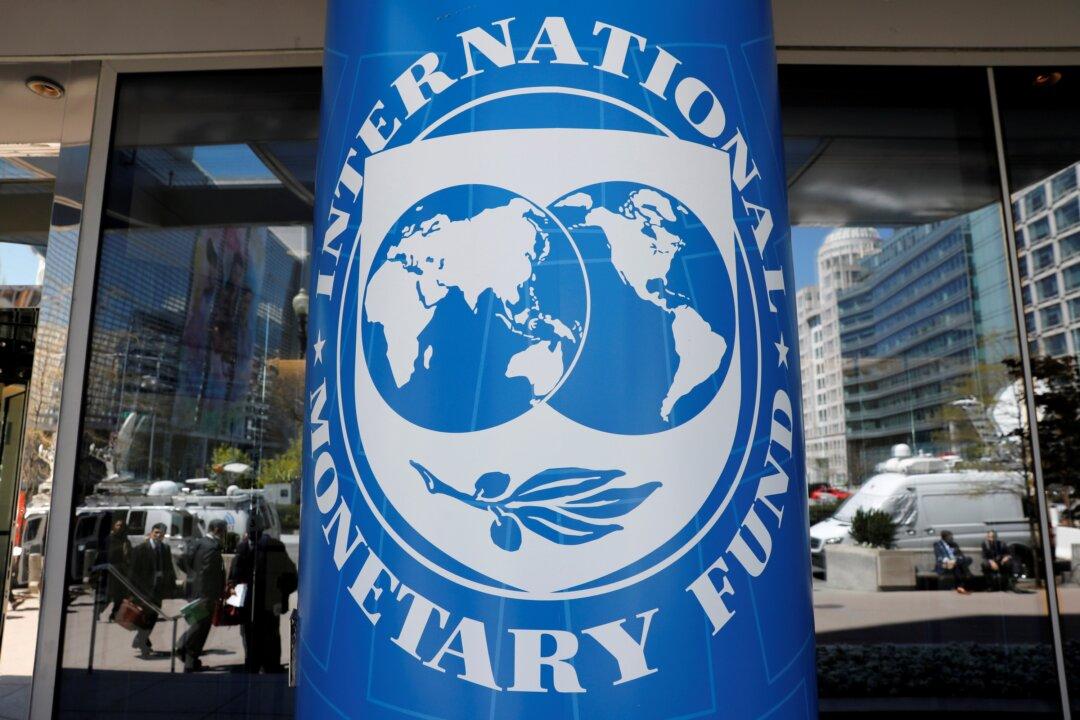LONDON—Zambia’s international bondholders have criticized the International Monetary Fund’s debt restructuring framework as “arbitrary” and for excluding the country’s domestic debt.
Zambia has been in default for almost two years and an IMF Debt Sustainability Analysis published last week called for its debt-service-to-exports ratio to be cut to a 140 percent “threshold” from 153 percent quickly and to 84 percent by 2027.





